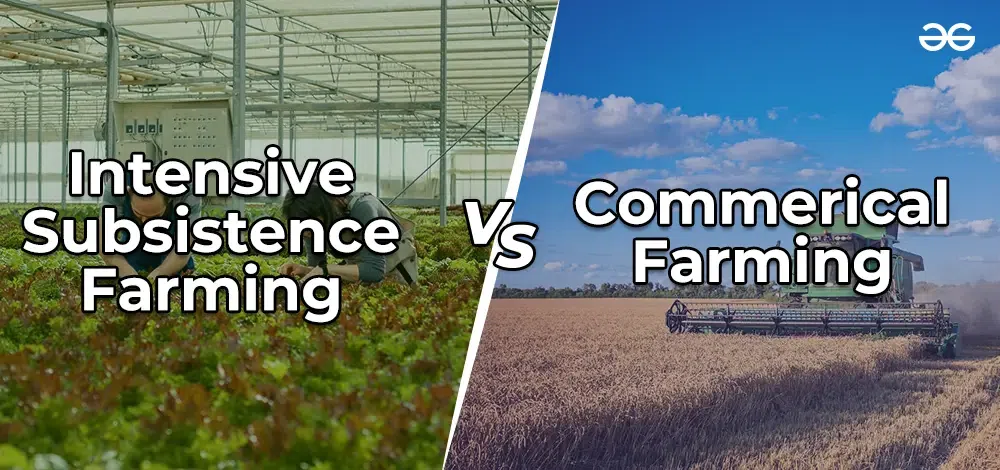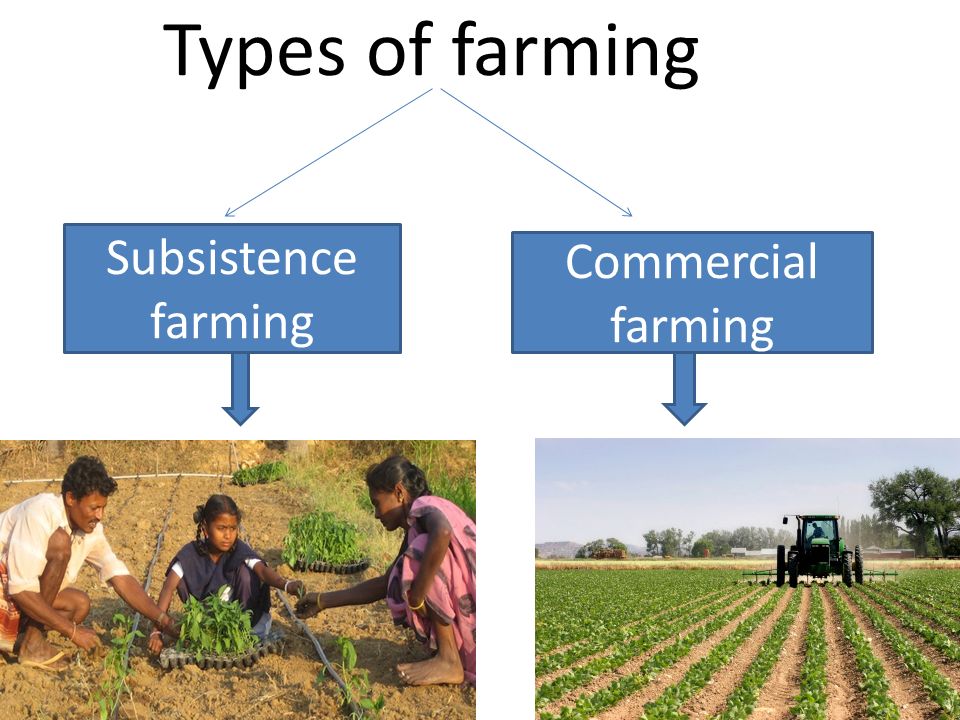Examining the Technical Developments Transforming Accuracy Farming Today
As the farming field grapples with the difficulties of feeding a growing populace and making certain sustainability, technical innovations are reshaping the landscape of accuracy farming. The combination of drones for aerial information collection, the deployment of IoT devices for real-time surveillance, and the application of AI-driven analytics are not just improving performance however also transforming decision-making processes. These sophisticated technologies guarantee enhanced performance and decreased environmental influence. Nevertheless, the full effect of these technologies on conventional farming techniques and their long-lasting sustainability continues to be a topic ripe for exploration. What does this technical development truly indicate for the future of agriculture?
Drones in Farming

Drones assist in specific tracking of big farming stretches, determining areas needing focus, such as parasite invasions or vitamins and mineral deficiencies. This targeted approach allows for the enhanced application of plant foods, chemicals, and water, reducing waste and environmental impact. Drones significantly decrease the time and labor traditionally needed for field examinations, increasing efficiency and decreasing operational costs.
Beyond data collection, drones are important in precision planting and crop splashing, ensuring consistent circulation and lessening ground disturbance. The combination of drones into farming exhibits a shift towards data-driven farming practices, where modern technology not just boosts traditional techniques however likewise introduces innovative remedies for future obstacles. As the farming industry encounters pressures from environment change and populace development, drones present an appealing opportunity for lasting concentration and source preservation.
Satellite Imagery Developments
While drones have dramatically improved accuracy farming via airborne information collection, satellite images proceeds to play a crucial role in widening the extent and scale of agricultural tracking. Satellite modern technology supplies substantial insurance coverage, making it possible for farmers to gain access to vital insights over extensive locations, which is not feasible with drone innovation alone. This is especially useful for large-scale farms that call for extensive, constant information.
Breakthroughs in satellite images have brought around significant improvements in resolution and regularity of data capture. This prompt information is important for making informed, real-time choices to maximize plant returns and resource use.
Moreover, the combination of hyperspectral and multispectral imagery has improved the data quality, making it possible for the exact recognition of plant species, growth phases, and stress and anxiety aspects. With machine understanding algorithms, farmers can interpret satellite data better, forecasting crop performance and potential concerns with extraordinary accuracy. These improvements are essential in improving lasting agricultural methods globally.
IoT in Farming
The advent of the Net of Points (IoT) in farming represents a standard shift in agricultural monitoring techniques, using unequaled connectivity and data-driven understandings. As IoT tools multiply throughout farmland, they supply real-time monitoring and control over different farming procedures. These wise devices, which consist of soil sensing units, weather terminals, and livestock radar, accumulate and send information to central systems, allowing farmers to make enlightened decisions and maximize source usage.
IoT modern technology facilitates precision farming by enhancing the accuracy of information gathered from the field. As an example, soil dampness sensing units can spot variations in dampness levels, permitting for precise watering scheduling, which preserves water and advertises healthier plant development. Likewise, environment sensors give crucial info on temperature and humidity, aiding in parasite and illness monitoring via prompt interventions.
Moreover, IoT-enabled machinery, such as independent tractors and drones, even more enhance operations by automating labor-intensive tasks and decreasing human error. These developments not Homepage only boost performance but likewise add to sustainability by decreasing inputs like water, fertilizers, and pesticides. As IoT proceeds to advance, its combination right into farming methods will likely deepen, driving performance and sustainability in the farming market.
AI-Driven Analytics
Structure upon the robust data collection capabilities of IoT, expert system (AI) emerges as an effective tool in transforming raw data right into workable insights for accuracy farming. AI-driven analytics leverages device knowing algorithms to examine substantial datasets gathered from sensing units, drones, and satellites. This makes it possible for farmers to make informed decisions pertaining to plant monitoring, dirt health and wellness, and resource allotment. By recognizing patterns and anticipating results, AI empowers farmers to optimize their methods, resulting in enhanced return and decreased waste.

Furthermore, find more information AI-driven analytics support accuracy farming by supplying tailored recommendations for planting routines and watering management. These understandings help optimize water use, aligning with sustainability objectives. By delivering real-time understandings and calculated assistance, AI-driven analytics not only enhance functional efficiency but additionally contribute towards lasting farming practices, safeguarding food supply chains for the future.
Robotics and Automation
In the realm of precision farming, robotics and automation are changing agricultural methods by using extraordinary effectiveness and accuracy. These devices are geared up with general practitioners and sensors technology, enabling them to operate with high accuracy and adjust to varying area problems.
Additionally, robot systems boost crop monitoring and management. Drones furnished with imaging modern technology can survey advice large locations quickly, offering real-time information on crop health and dirt problems.
The assimilation of robotics and automation in accuracy farming likewise resolves sustainability issues (commercial farming vs subsistence farming). By optimizing inputs and optimizing outputs, these modern technologies help minimize ecological influence. Consequently, robotics and automation not only change farming efficiency yet also contribute significantly to sustainable farming techniques.
Final Thought
Technical technologies are basically improving precision farming by incorporating innovative devices like drones, satellite images, IoT gadgets, AI-driven analytics, and robotics. These modern technologies collectively boost farming efficiency, optimize source use, and advertise lasting methods. Drones and satellite imagery supply important real-time information for plant health and wellness assessment, while IoT tools and AI offer specific monitoring of resources such as water and nutrients. Robotics further improve operations, bring about set you back decreases and improved effectiveness, eventually transforming standard farming approaches.
Transforming the farming landscape, drones have actually arised as an essential device in precision farming.IoT technology helps with accuracy farming by enhancing the accuracy of data gathered from the area.Structure upon the durable data collection capacities of IoT, man-made intelligence (AI) emerges as a powerful device in changing raw information into actionable insights for accuracy farming.In the realm of accuracy farming, robotics and automation are transforming agricultural methods by supplying extraordinary effectiveness and precision.Technical developments are fundamentally reshaping precision farming by incorporating sophisticated devices like drones, satellite imagery, IoT tools, AI-driven analytics, and robotics.